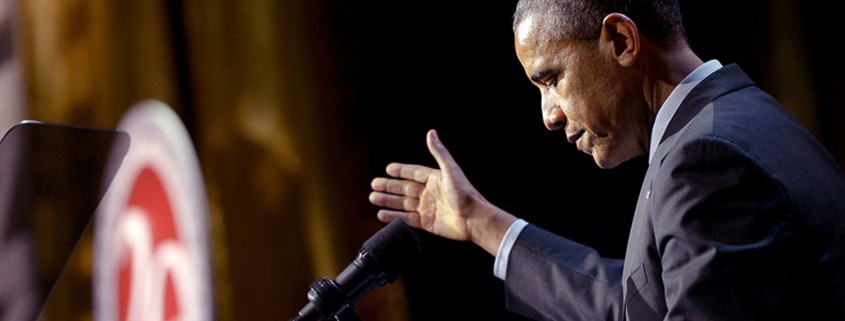USC students react to Obama’s push for free community college
In a statement that highlighted both the importance of education to the American economy and the crippling loan debt faced by many students in institutions of higher education
Officially, the program is known as “America’s College Promise Proposal: Tuition-free Community College for Responsible Students.” The program calls for community colleges to boost their curriculums and graduation rates, and calls upon states to invest more of their money into education and job training programs. The program’s timely announcement comes in light of new statistics, cited by the White House, that reveal that by 2020, the number of jobs requiring a bachelor’s degree education at minimum will comprise 35 percent of the job market.
The new plan outlines some requirements for the students. Eligible students must remain on a graduation track with a half-time course load or higher and maintain their grades at a 2.5 GPA or above to be eligible for the program’s free tuition for the first two years of their community college education. In order to make students able to transfer their community college education to four-year institutions, the Promise Proposal also calls on community colleges to revamp programs that currently are not transferable. If this condition isn’t met, the administration expects community colleges to offer two-year programs that train students for an in-demand job in the workforce.
Tom Placido, a junior studying economics, was not convinced of the program’s ability to retain quality students and invest in the existing community college network.
“Obama’s community college plan will flood already overcrowded institutions with underprepared students who don’t have a financial stake in their own education,” he said. “Couple that with community colleges’ underwhelming graduation and hiring rates, add in a huge federal incentive for grade inflation, and you’ve got a great recipe for fiscal and educational disaster.”
Alec White, a junior majoring in political science, disagreed. White emphasized the increasing importance of a college education in the work force.
“It is much harder in today’s job market to be successful with a high school degree than with a college degree and it is getting harder each day,” he said. “There are large numbers of talented students who do not go to college or even community college because their families cannot afford it. I think it is a great step in the right direction to help make college more affordable and help students get a more fair shot with education.”
In addition to expecting involvement from students and community colleges, the program relies on the willingness of states to join the program. If they choose to adopt the initiative, states will be expected to fund one quarter of the cost of providing the free tuition.
The program is flexible with state contributions. States that pledge to invest in the quality of community colleges and/or student outreach programs wouldn’t necessarily be expected to invest in the tuition share. To supplement the program, the White House also announced the creation of the American Technical Training Fund, which would award grants to create programs within community colleges that help transition students into jobs.
In announcing the program, the Obama administration cited evidence that documents the success of similar, smaller programs in states around the country. When Tennessee introduced the program, for example, 90 percent of high school graduates applied, and the resulting programs produced Technology Training programs that placed 85 percent of graduates in jobs.
The Promise Proposal’s effectiveness on a wider scale remains to be seen. It is the latest in a long line of similar efforts taken by the Obama administration to make college affordable, including increase funding for Pell Grants and easing the burden of student loans faced by former students.

